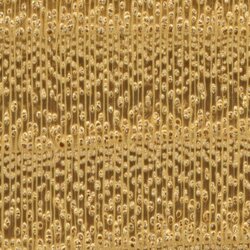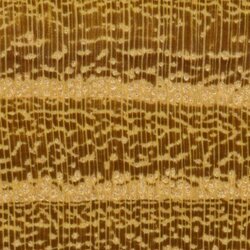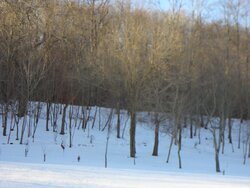D8Chumley
Minister of Fire
This is encouraging. I had a tree growing in the yard that blew over in Sandy and it had the mustard heartwood. I didn't know what it was at the time but I'm thinking mulberry/osage now. I'll have to find it in the stacks and ID it





 Hedgeapple and little berry get together.
Hedgeapple and little berry get together. She said that she like them. Cant wait until she sees what its really capable of.
She said that she like them. Cant wait until she sees what its really capable of.